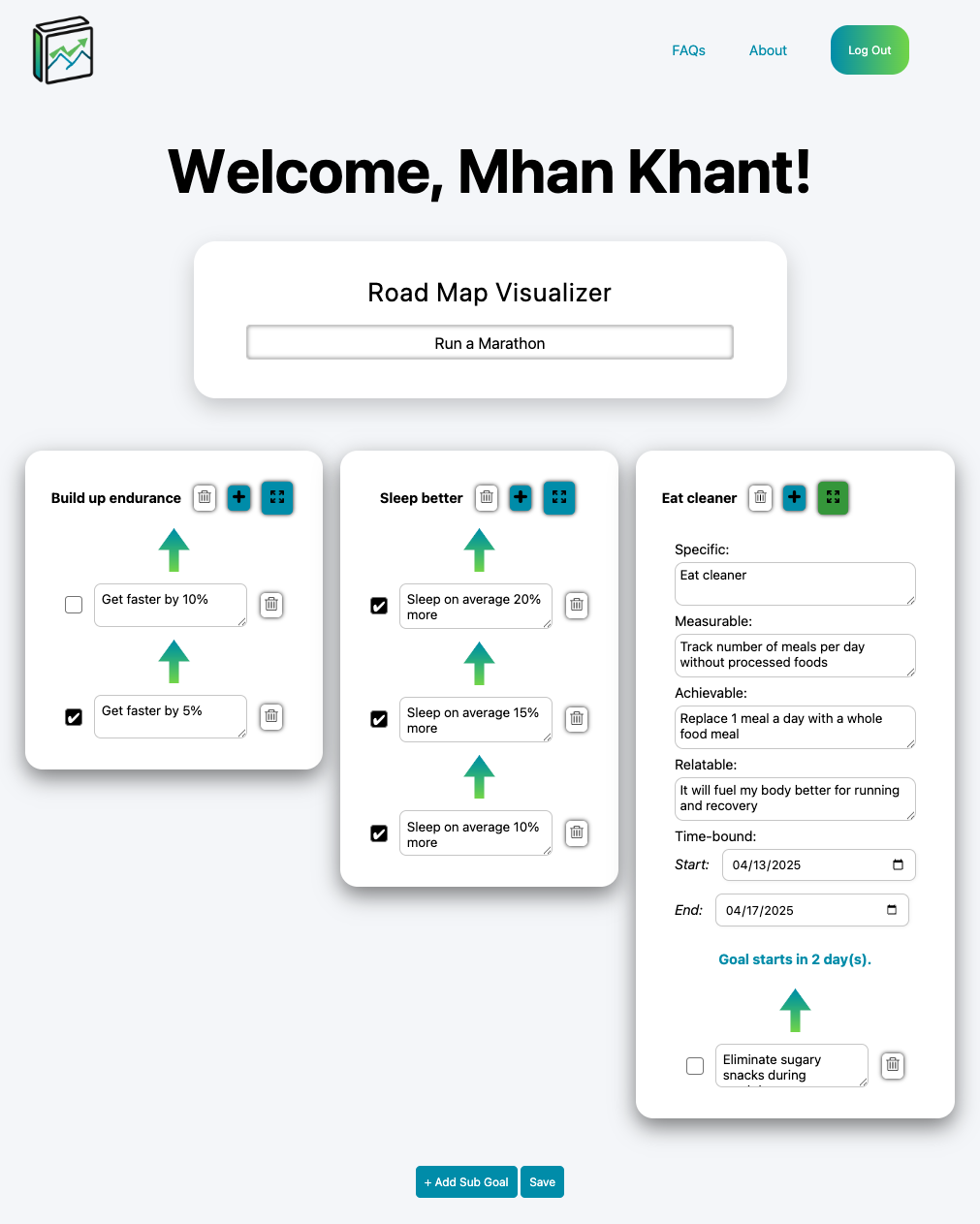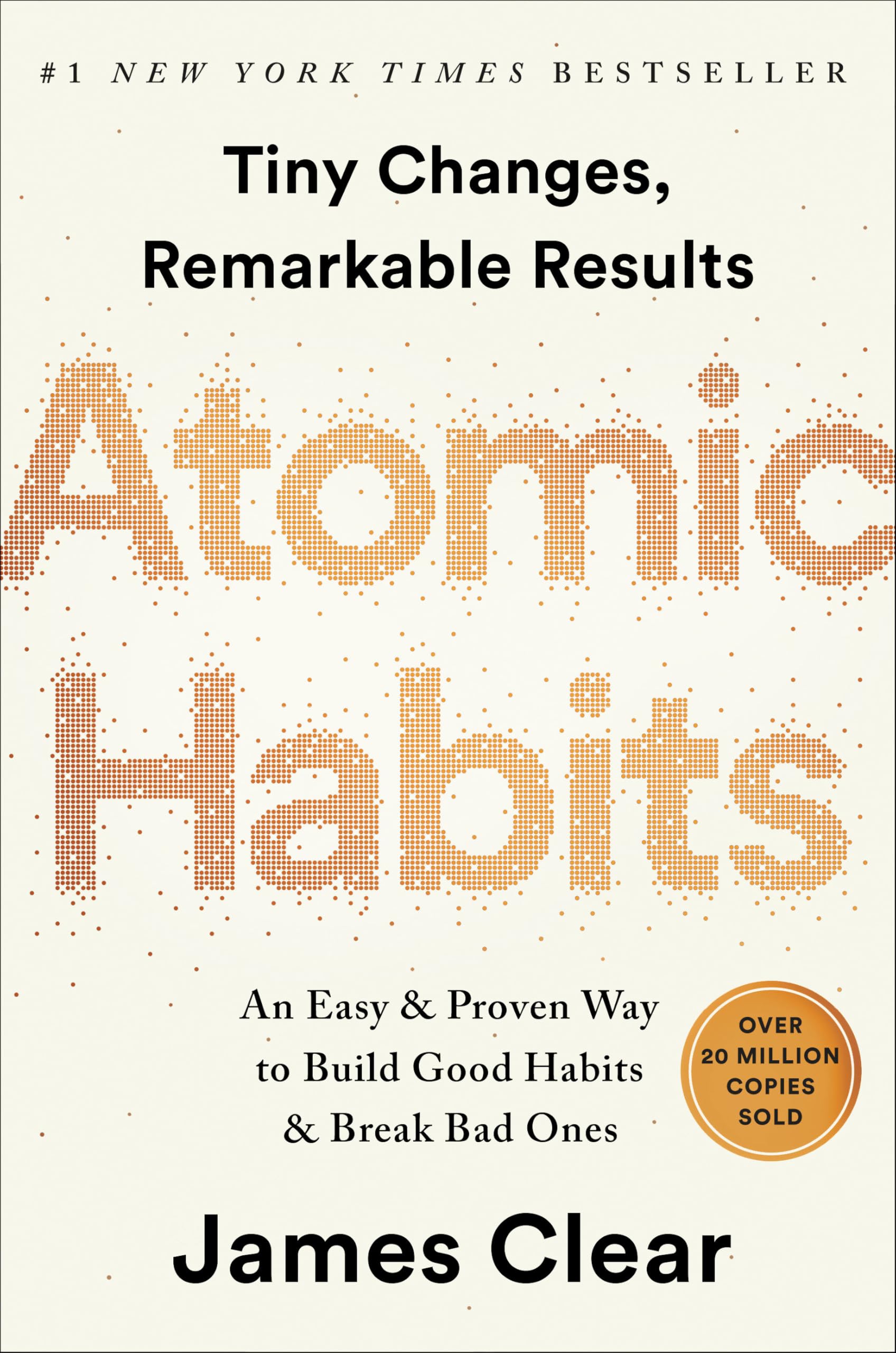What We’re Building
Everest is a web-based habit tracker that turns long-term aspirations into structured, daily progress. It helps users:
Rather than relying on guilt or streaks, Everest encourages consistency through clarity — always showing users what to do next and why it matters.

Why This Matters
Many habit trackers focus on streaks and surface-
level progress.
But real success comes from
staying aligned with long-term goals.
Without a clear connection between today’s habits
and tomorrow’s dreams, motivation fades.
Everest aims to fix that.
Why This Approach?
Our experiment is grounded in the idea that clarity and structure are essential for sustained progress. James Clear (2018) outlines three layers of behavior change:
While most tools focus only on goals or habit
tracking, Everest bridges all three — helping users
define clear goals, break them into actionable
steps, and stay consistent to reinforce identity.
We address a critical barrier to goal achievement:
uncertainty about what to do next.
Research shows that uncertainty impairs executive
function, reducing individuals’ ability to plan, make
decisions, and stay focused (Alquist et al., 2020).
Everest combats this by giving users the ability to
set a crystal-clear next step, minimizing decision
fatigue and cognitive friction — two key factors
that undermine momentum.
By visualizing the link between daily habits and
long-term goals, Everest helps make progress feel
concrete and actionable rather than distant or
abstract.


1.
Alquist, J. L., Baumeister, R. F., Tice, D. M., & Core, T. J. (2020). What you
don't know can hurt you: Uncertainty impairs executive function.
Frontiers in Psychology, 11, 576001.
//doi.org/10.3389/fpsyg.2020.576001
2.
Clear, J. (2018). Atomic habits: An easy & proven way to build good
habits & break bad ones. Avery
What We Want to Learn
We're designing a 2-week pilot study to explore:
How We’ll Test It
Participants will use Everest to track habits linked
to one main goal, broken into one or two subgoals
(to keep things manageable within the two-week
timeframe). They’ll receive visual feedback on their
overall progress, helping them stay oriented and
motivated.
We’ll collect:
What's Next
The Devs
We are two SUNY Oswego students, set to graduate in May 2025,
who developed Everest to help people achieve their goals by breaking
them into manageable steps. Inspired by our own journeys, we designed this
web app to keep users motivated and on track using the SMART goal framework.
Feel free to check out our portfolios and LinkedIn profiles by clicking our images above. Thanks for your time!

